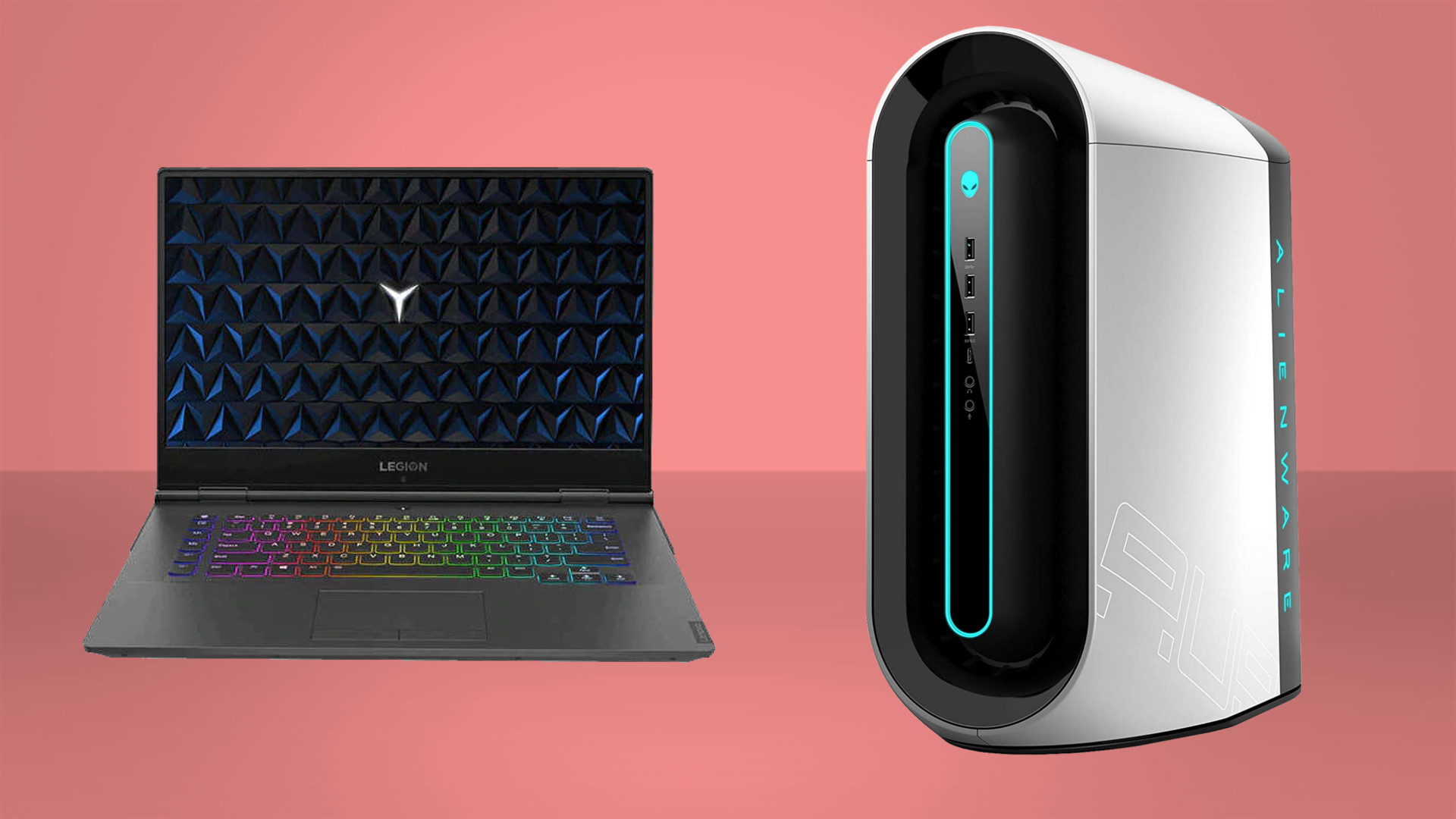Nvidia wants you to know 'Max-Q branding is not going away.'
But it is up to laptop manufacturers to specify GPU specifications.

Rumours that Nvidia might be ending its Max-Q program have been circulating over the past 24 hours off the back of a recent report from Notebookcheck. The report states that Nvidia will no longer offer the Max-Q brand, signifying those designed for cool and quiet operation, and that manufacturers were free to decide whether a laptop operates in a power-constrained configuration without specifying as such. The worry being this could leave customers in a precarious position when purchasing a gaming laptop.
The Max-Q branding is safe and sound, however. Nvidia has confirmed to PC Gamer that the "Max-Q branding is not going away". In fact, it claims that the ecosystem is stronger than ever with more information available to the end-user via the Nvidia control panel.
"When we originally introduced Max-Q back in 2017, the brand was initially used in GPU naming since Max-Q referred to the GPU TGP only. Today, 3rd Generation Max-Q is broader, and is a holistic set of platform technologies and design approach to building powerful and thin laptops," a statement reads.
"In addition, to be more transparent about a laptop’s exact capabilities, RTX 30 Series laptops now show more information than ever, listing exact TGP, clocks and features supported. You will find this in the control panel which now reports maximum power (TGP+Boost), and support for key features including Dynamic Boost 2, WhisperMode 2, Advanced Optimus, and others, all of which fall under the Max-Q umbrella."
Yet it is in the hands of OEMs and laptop manufacturers to market these specifications, Nvidia says, and it's up to them to decide which features, TDP, and clock speeds will be offered. That may mean there's still the possibility that you'll find laptops with GPUs in the Max-Q performance range without being noted as such, which could lead to customer confusion, as was the initial worry.
Nvidia says it "strongly" encourages OEMs to list this information, but that it's ultimately up to them to decide. Whether that has always been the case with Max-Q branding guidelines, we cannot say.

Best gaming PC: the top pre-built machines from the pros
Best gaming laptop: perfect notebooks for mobile gaming
"We strongly encourage OEMs to list clocks and other technologies a laptop supports, including Advanced Optimus, Dynamic Boost 2, and more. Ultimately, like all laptop features and specs, it is up to the OEM to market what their particular laptop configuration supports."
Keep up to date with the most important stories and the best deals, as picked by the PC Gamer team.
It's important to note that Max-P, the often used name for full-power mobile GPUs, isn't one Nvidia coined or uses in any official capacity. So on whether Nvidia has 'killed off' Max-P, it would have to create it first.
Some laptops fitted with the latest mobile GPUs were announced at CES 2021 as Max-Q variants, alongside Max-Q WhisperMode and DynamicBoost updates, which would suggest the program was indeed continuing with the Ampere generation. There has been some speculation that this has since been removed, but many retail listings appear to still show the Max-Q brand.

The cause for concern as to whether a GPU is Max-Q or not ultimately comes down to the performance on offer. A high-end Max-Q GPU can offer performance far slower than an unfettered design with optimal cooling in place, and that could mean that an end-user will find their RTX 3080 model isn't quite as capable as someone else's RTX 3070, to give one example.
Max-Q designs come with stringent noise and temperature targets, which require lower TDPs, and therefore lower clock speeds, in order to hit. This helps makes thin and light gaming laptops with chunky discrete GPUs more of a possibility, and has had that effect over the years since their introduction back in 2017. However, some manufacturers have decided to incorporate non-Max-Q graphics into their more slender designs since.
As ever with gaming laptops, it's important to evaluate the laptop itself beyond its specs list, as unlike discrete parts there are far greater variables at play for the system as a whole. While Nvidia may not be killing off Max-Q branding, we still advocate for reading up on your prospective purchase before hitting the buy button.

Jacob earned his first byline writing for his own tech blog. From there, he graduated to professionally breaking things as hardware writer at PCGamesN, and would go on to run the team as hardware editor. He joined PC Gamer's top staff as senior hardware editor before becoming managing editor of the hardware team, and you'll now find him reporting on the latest developments in the technology and gaming industries and testing the newest PC components.

